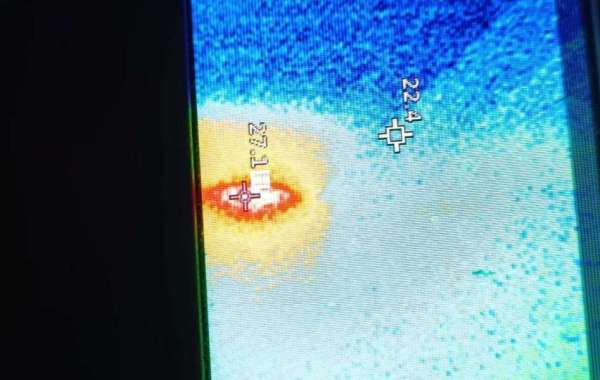The rapid convergence of Information Technology (IT) and Operational Technology (OT) has created a new and critical frontier for cybersecurity, giving rise to a specialized market dedicated to protecting industrial control systems (ICS) and critical infrastructure. This burgeoning industry is powered by a diverse and highly innovative ecosystem of Operational Technology Security Market Companies. This landscape is a complex interplay of several key categories: dedicated, pure-play OT security startups who have pioneered the space, the major industrial automation giants who are building security into their own systems, and the large, established IT network security vendors who are extending their platforms to the factory floor. These firms provide the essential technologies and services needed to gain visibility into, and protect, the unique and often fragile environments of power plants, manufacturing facilities, and oil and gas operations from a new wave of cyber threats. The Operational Technology Security Market size is projected to grow USD 190.85 Billion by 2035, exhibiting a CAGR of 21.68% during the forecast period 2025-2035. This explosive growth is a direct result of several powerful drivers, including the increasing connectivity of industrial systems, a rise in high-profile cyberattacks on critical infrastructure, and a new wave of government regulations mandating a higher standard of cybersecurity for these vital national assets.
The market was largely created and is still led by a core group of specialized, venture-backed, pure-play OT security companies. Firms like Dragos, Claroty, and Nozomi Networks are the pioneers and thought leaders in this space. Their core technology is a passive network monitoring platform that can be safely connected to an industrial network. It uses specialized deep packet inspection (DPI) to understand the unique, proprietary protocols used by industrial control systems (like Modbus, DNP3, and Profinet) to automatically discover and inventory all of the assets on the network (such as PLCs, HMIs, and historians). Once it has a baseline of normal operations, it uses a combination of behavioral analytics and threat intelligence to detect anomalous or malicious activity that could indicate a cyberattack. Their competitive advantage is their deep, "boots-on-the-ground" expertise in both cybersecurity and industrial control systems, a rare combination of skills. They have built their brands on the strength of their threat research teams and their ability to provide a solution that is purpose-built for the unique and sensitive nature of the OT environment, where uptime and safety are the primary concerns.
In parallel to these pure-play specialists, two other major categories of companies are now competing fiercely for a share of the market. The first consists of the major, established IT network security giants. Companies like Fortinet, Palo Alto Networks, and Cisco are all aggressively extending their enterprise security platforms to the OT environment. Their strategy is to offer their existing customers a single, unified security architecture that can provide visibility and protection across both their IT and their OT networks. They are acquiring OT security startups and are building specialized protocol support and threat intelligence into their next-generation firewalls and other security products. Their competitive advantage is their massive scale, their huge existing customer base, and the appeal of a single, integrated security platform. The second major category is the industrial automation and OT giants themselves, such as Siemens, Schneider Electric, and Rockwell Automation. Their strategy is to build security directly into their own industrial control systems and to offer their own suite of cybersecurity services to their customers. Their competitive advantage is their deep, proprietary knowledge of their own equipment and systems, giving them a unique ability to secure it. This three-way battle between the OT security specialists, the IT security giants, and the OT industrial giants defines the complex competitive landscape of this critical market.
Top Trending Reports -








